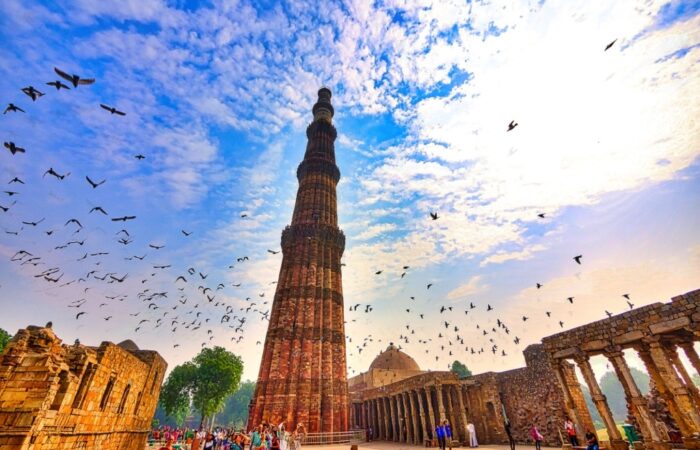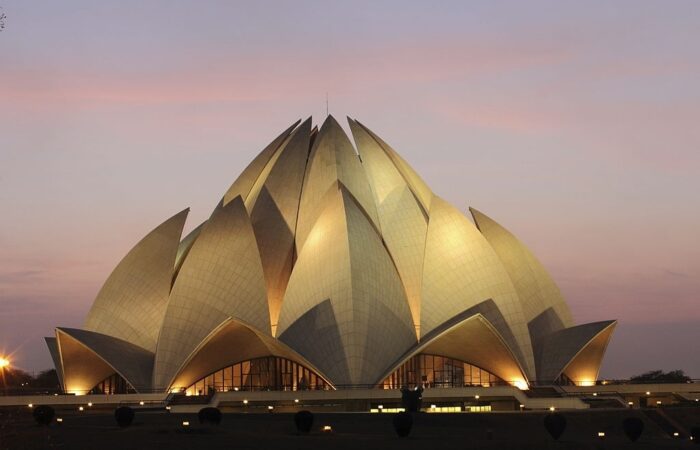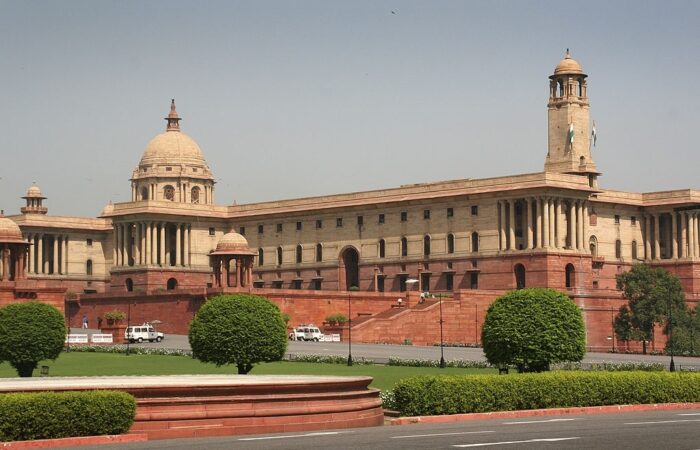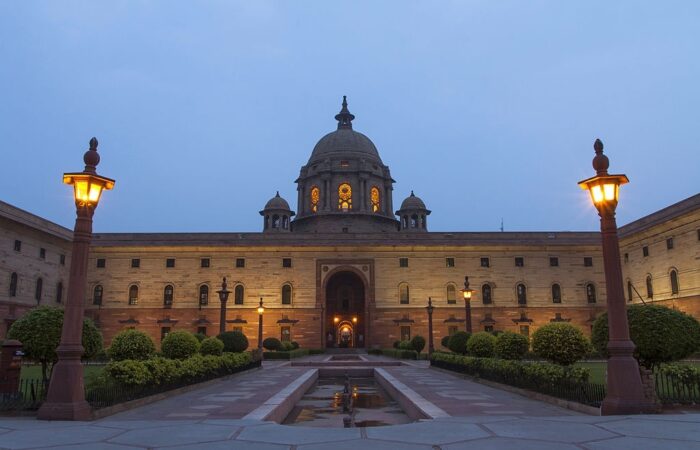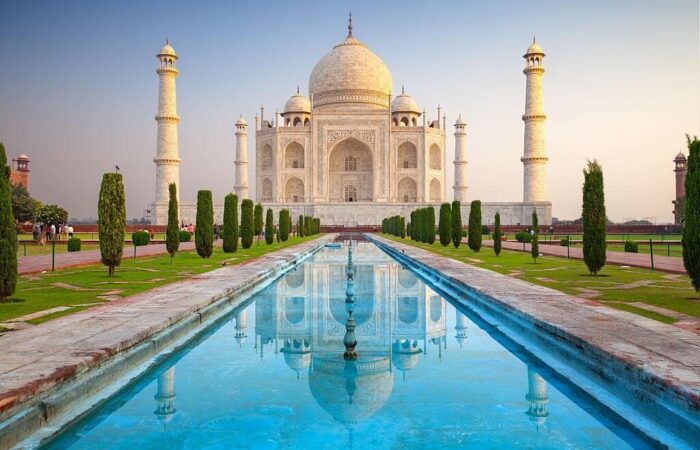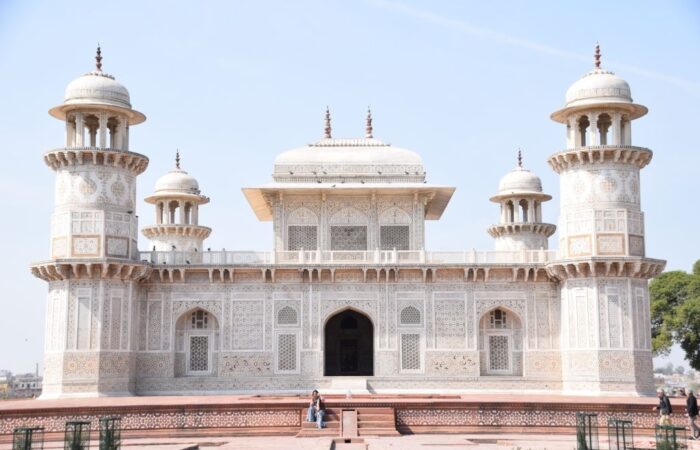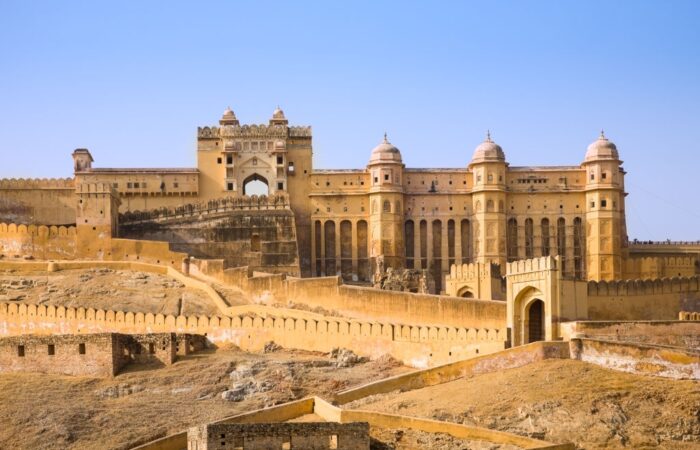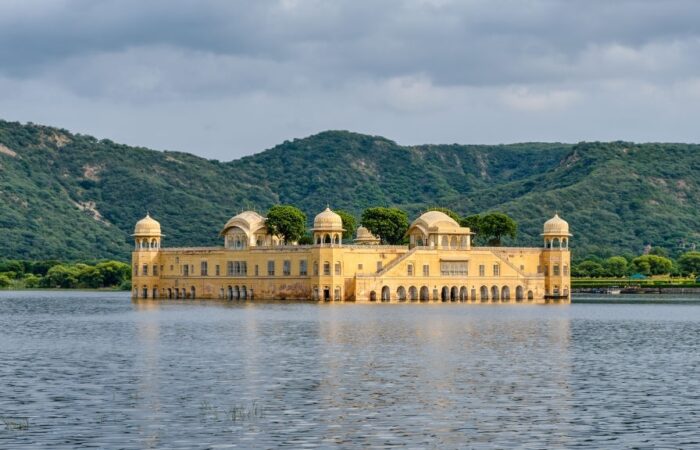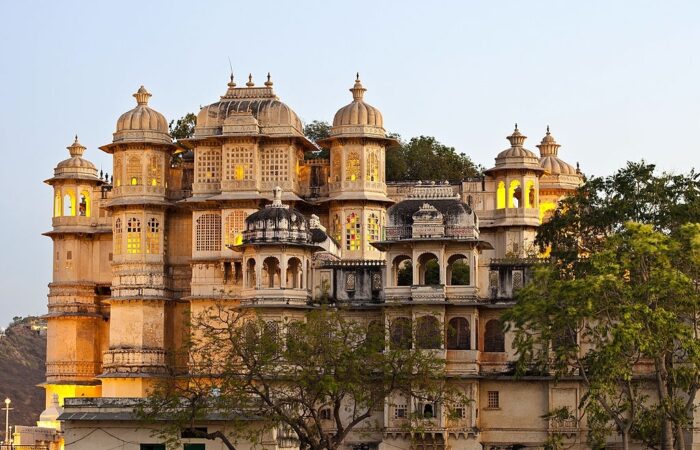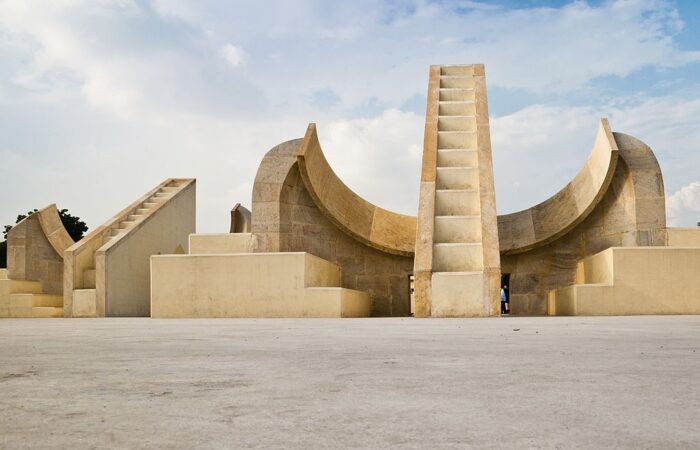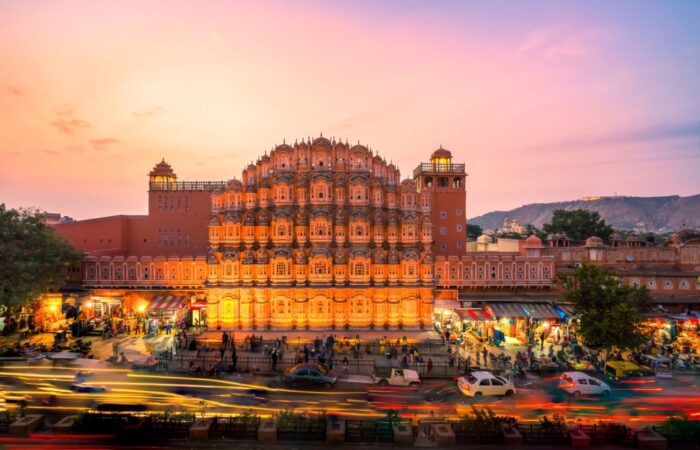Do not hesitage to give us a call. We are an expert team and we are happy to talk to you.
+91-7900226636
hello@tourinza.com
See some of India’s most iconic cities on this comprehensive 4-Golden Triangle tour. Relax in the comfort of a private air-conditioned vehicle and make your way between Delhi, Agra, and Jaipur. Your driver shares details, insight, and the history of historic landmarks along the way. See the sunrise over the Taj Mahal—a UNESCO World Heritage Site—head up to Amber Fort, and explore the Maharaja’s City Palace, with guides provided at each sight.
Traveler pickup is offered
Pickup offered from airport, railway station, hotel or other desired pickup location in Delhi, Noida, or Gurugram.
Qutub Minar, a UNESCO World Heritage site, is a 73-meter tall 5 story tower that was constructed by Qutub-ud-din Aibak, the founder of Delhi Sultanate, in 1193. Its design is thought to be based on the Minaret of Jam.
India Gate is a war memorial located near the Rajpath. It is dedicated to the soldiers of British India who died in the wars. It is also considered as a great picnic spot where people enjoy with their family.
Gandhi Smriti Museum, also known as Gandhi Smriti, is a museum dedicated to the father of the nation Mahatma Gandhi. Situated on the Tees January Road in New Delhi, Gandhi Smriti Museum was formerly known as Birla Bhavan or Birla House.
Birla Bhavan is the place where Gandhi Ji spent the last 144 days of his life and was assassinated by Nathuram Godse on 30th January 1948. Originally the house of Birlas, the Indian business family, it is now known as the Eternal Gandhi Multimedia Museum.
One of the popular sightseeing places in Delhi that you cannot miss, is Jama Masjid. A religious shrine, it is also popular for its impressive architecture. It is among the largest mosques in India. Jama Masjid Delhi is also known as the Masjid-i-Jahan-Numa, which means the mosque that reflects the world. However, the name Jama Masjid is said to have arrived from the word jummah, which refers to the holy gathering of Muslims for praying.
Old Delhi, as a walled city, was founded in 1639 under the Mughal emperor Shah Jahan, who decided to move his domain’s capital here from Agra. The construction of the city was completed in 1648, from which point on Delhi had remained the capital of the Mughal Empire until its fall in 1857.
Once filled with mansions and havelis (traditional townhouses) of the nobles and members of the royal court, situated alongside elegant mosques and gardens, Old Delhi was also known for its bazaars and street food.
Directly across the Yamuna River from the Taj Mahal, Mehtab Bagh offers a stunning perspective on Agra’s most beloved monument. While the views are the big draw of this 16th-century garden, it’s also worth a visit in its own right for its elegant landscape design and quiet ambiance.
Tomb of I’timād-ud-Daulah is a Mughal mausoleum in the city of Agra in the Indian state of Uttar Pradesh. Often described as a “jewel box”, sometimes called the “Bachcha Taj”, the tomb of I’timād-ud-Daulah is often regarded as a draft of the Taj Mahal.
After you’ll be dropped off to Hotel.
Taj Mahal:- A never forgetting the experience of the white marble “ Taj Mahal ’’ The love story behind the making of the Taj Mahal is of historic importance. It is more than just looking magnificent. The story seems to be adding a soul to the world’s most magnificent Tomb. , as your guide shares its history as a tomb built by Mughal Emperor Shahjahan in 1630 to enshrine his wife. It’s a declared winner of the New 7 Wonders of the world, is a UNESCO World Heritage. Yamuna river gives a phenomenal background and the green gardens enhance the beauty of the monument.
Visit Agra Fort as your guide reveals the marvels of its palaces, balconies, and gardens. It’s another UNESCO World Heritage site, is a historical fort in the city of Agra. It was the main residence of the Mughal Emperors. This fort contains various other sites which have the same historical impact and makes one aware of the magnificent history of India. From Agra Fort, make the five-hour journey to your five-star Jaipur hotel, On the way, You will visit Fatehpur Sikri.
Fatehpur Sikri is a small city in northern India, just west of Agra, founded by a 16th-century Mughal emperor. Red sandstone buildings cluster at its center. Buland Darwaza gate is the entrance to Jama Masjid mosque. Nearby is the marble Tomb of Salim Chishti. Diwan-E-Khas hall has a carved central pillar. Jodha Bais Palace is a mix of Hindu and Mughal styles, next to the 5-story Panch Mahal that overlooks the site. Now leave for Jaipur.
After Breakfast, take a guided sightseeing tour of Jaipur city. Visit Panna Meena ka Kund, It’s a step well located near Amber Fort.
After breakfast, travel to Amber Fort, the capital of Rajasthan until 1728, and follow your guide on a two-hour tour of its palaces, squares, and monuments. It was built by Raja Man Singh I and is known for its artistic elements. It has various ramparts and a series of gates. The Maota Lake located in front of the monument beautifies it as well as acts as a source of water for the fort.
Jaigarh Fort is situated on the promontory called the Cheel ka Teela of the Aravalli range; it overlooks the Amer Fort and the Maota Lake, near Amer in Jaipur, Rajasthan, India. The fort was built by Jai Singh II in 1726 to protect the Amer Fort and its palace complex and was named after him
Head down the hill to Jal Mahal, a palace floating on Man Sagar Lake, for a photo opportunity. Jal Mahal is a palace located in the middle of the Man Sagar Lake in the city of Jaipur. The palace and the lake around it were renovated and enlarged in the 18th century by Maharaja Jai Singh II of Amber. The palace and scenic beauty of the lake attract various tourists.
Spend one-hour exploring Maharaja’s City Palace. City Palace of Jaipur was originally the administrative and ceremonial seat of Maharaja of Jaipur which was constructed in 1721. It was also the location of religious and cultural events that took place at that time. It now houses the Maharaja Sawai Man Singh II Museum and continues to be the home of the Jaipur royal family.
Hawa Mahal also known as The Palace of Winds is made with red and pink sandstone which makes it distinguished from the surroundings. The palace is a five-story pyramidal-shaped monument and was built by Sawai Pratap Singh in 1799. After a visit to Hawa Mahal, return to your hotel
After breakfast, make the approximately five-hour journey back to Delhi or be dropped-off at Jaipur airport.
